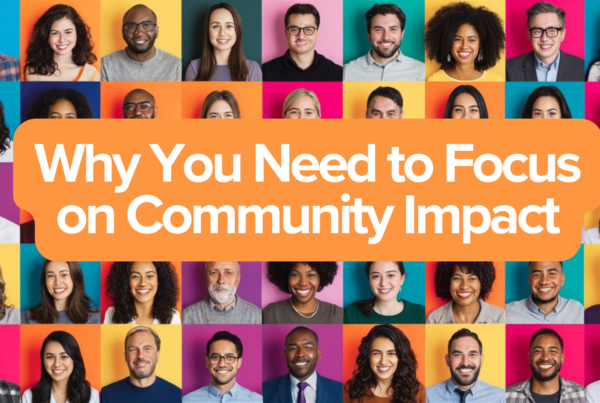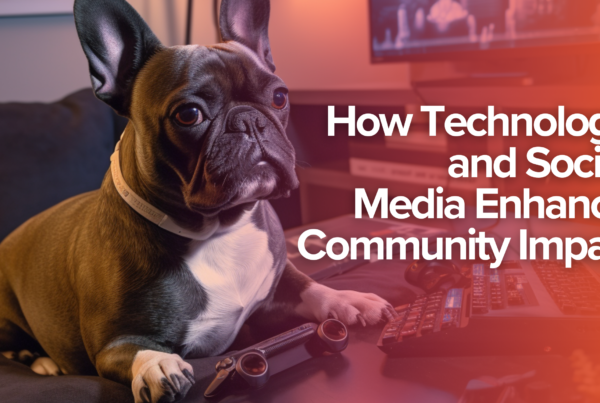Target market research is a process used in marketing designed to help key decision-makers understand a company’s target market and their habits. That knowledge can then be shaped further and used to craft better lead generation and marketing strategies and improve the company’s products and user experience, essentially bringing you closer to your consumers. Let’s delve deeper into the minds of your customers and see how to conduct a target market research the right way.
What Is the Difference Between Analytics and Research?
Is there one at all? Even though many marketers don’t know this, yes, there is, and it’s a crucial one. Analytics provide you insight into what people do on your website or social media. That data is valuable to get an idea of who your target market is and how it’s segmented.
But the research goes a step further and tells you what motivates your consumers, WHY they do things, and what they’re thinking while doing them. And that knowledge is priceless.
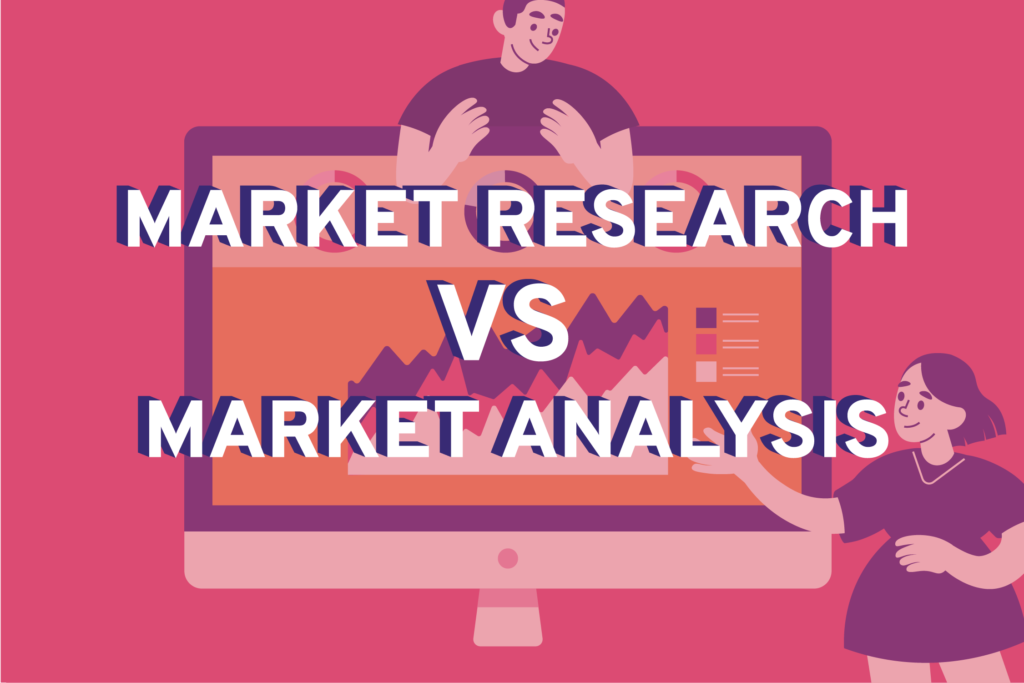
Okay, But How To Do Thorough Target Market Research?
Now, let’s get into the gist of it. There are several ways a company can run a target market research. Essentially, the data you are looking for concerns WHO your audience is, WHAT’s driving them, and HOW to extract that data.
The WHO Part of Target Market Research
With the right data, you can target just the right consumers. For example, you can target different age groups. Age categories can be segmented as newborns, toddlers, teens, tweens, Millennials, Baby Boomers, Generation X, Seniors, and more. You can solve problems for people working in one industry by offering them a solution for the most common ailments (standing desks for programmers who sit all day). Other categories that you need to cover in your research include:
- Gender,
- Ethnicity,
- Religion,
- Education,
- Occupation,
- Income Status,
- Marital Status,
- Location.

The WHY Part in Target Market Research
When you know who your consumers are, the next step is to understand WHAT drives them to make decisions and WHY they do the things they do.
- Functionality – Product or service functionalities affect the purchasing decisions of a target market.
- Economics – How affordable is the product to a certain group of people.
- Demographics – Who is the audience, and how does audience segmentation affect consumer behavior.
- 4Ps of Marketing Mix – Product, Place, Price, and Promotion make up a marketing mix that plays a role in the buyer’s journey and purchasing decisions of a target market.
- Social Factors – This part is based on the social factors of a target group – singles, married couples, families, etc.
- Psychological Factors – What motivates people to commit to a purchasing decision, what are their beliefs, how they perceive products or services, and different attitudes.
- Cultural Aspect – Cultural upbringing can affect consumer behavior in target markets both directly and indirectly. Similarities and differences will shape a person’s opinions, and cultural aspects like moral beliefs, race, and religion affect consumers’ purchase decisions.
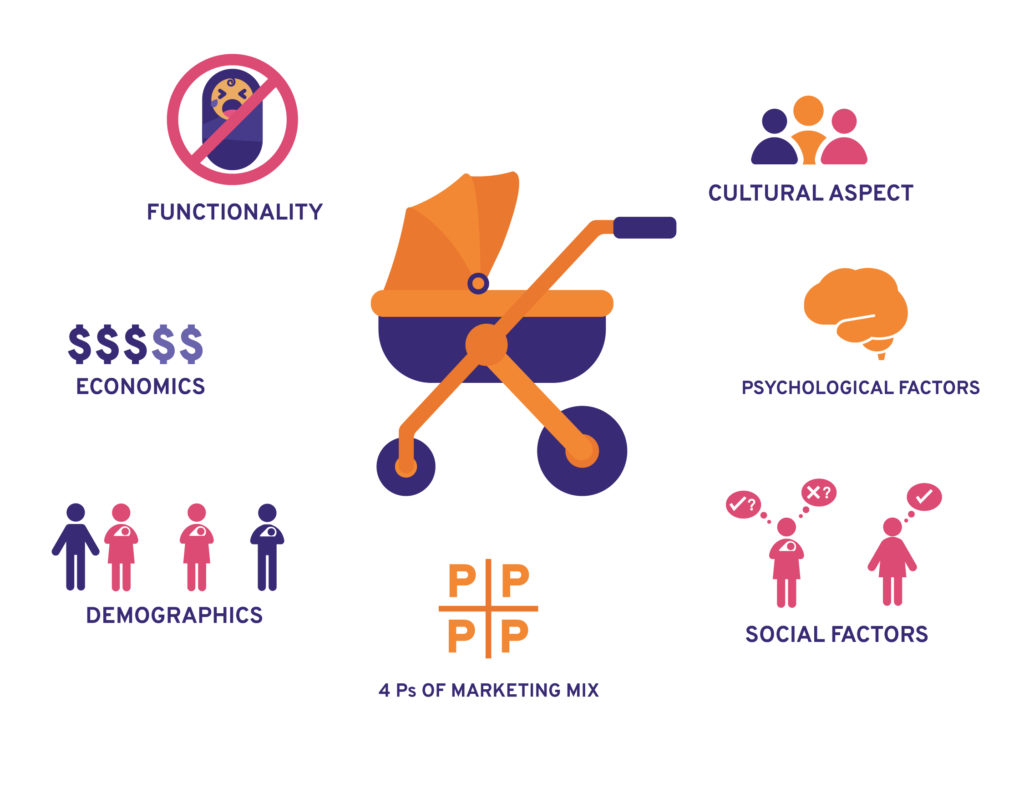
HOW to Extract Market Research Data
Here are several ways you can use to find and extract raw target market research data.
- Focus groups – You can bring these carefully selected people together to discuss the same topic. Focus groups can ask participants to use a product, experience a service, or interact with it. They can watch a demo and share their opinions too. This is a great way to see first-hand how people perceive products and services.
- Surveys – Organizing surveys is a great way to get raw data directly from the users. You don’t have to have people in front of you to gather data, as you can do it by phone, mail, or online. Surveys are quite an efficient and cost-effective way to assess the general feeling about a product or a service.
- 1-on-1 Interviews – If you want to explore the depths of people’s feelings towards a product or a service, 1-on-1 interviews are a great way to conduct thorough target market research. But you need a decently sized sample of an interviewed audience, which can take time and affect the research costs. However, you will get more in-depth results.
- Accessing the public records – A more general approach for market research that might not provide such insightful data but more of an overview of an audience. Public records and sources are various government statistics and websites like the Census Bureau or the Bureau of Labor & Statistics.
Common Target Market Research Mistakes
As you can see, there are a lot of ins and outs when it comes to target market research. That also leaves plenty of room for mistakes. On that note, let’s take a look at some of the most common mistakes you want to avoid when doing the research. After that, we’ll give you a real-life example.
HiPPOs Are Deadly for a Business
HiPPOs or Highest Paid Person’s Opinions is how target market research dies. Horribly. Because of their position and revered status, people will often go with their flow and won’t even voice their opinions. That means that willingly or not, the highest-paid person will be making a final decision. Probably they’ll even be fueled by the rest of the group’s acceptance that only stems from fear or allegiance. This makes that kind of research biased and one-sided.
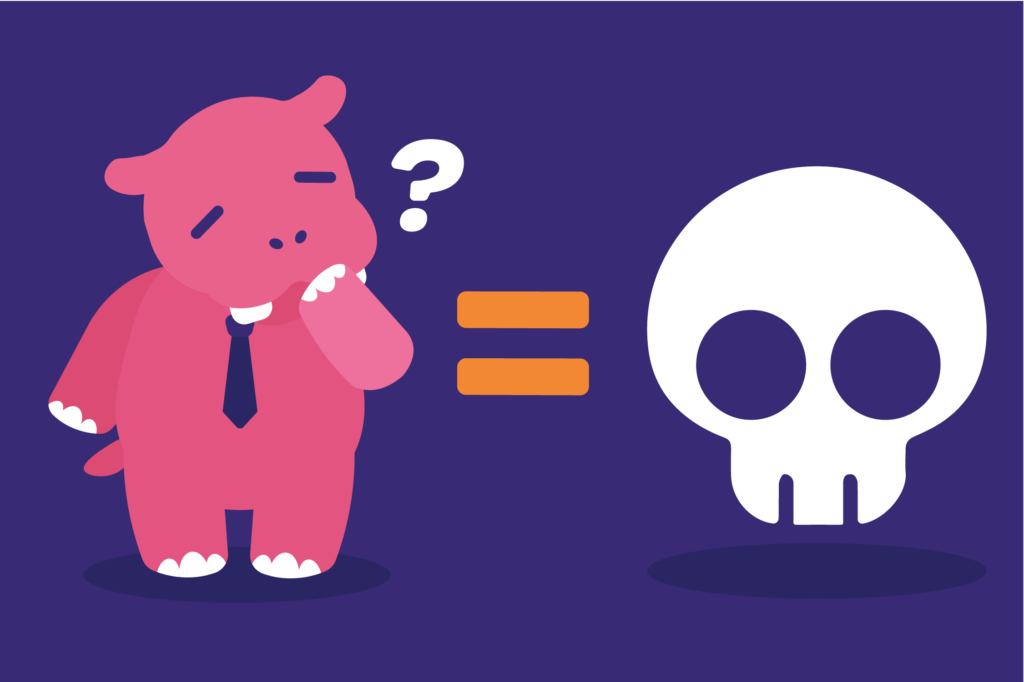
Don’t Guess, Act on Data
Guesswork shouldn’t be a noun known in marketing circles. This is another example of one-sided research that’s often driven by misconceptions. Many companies interested in multicultural marketing fall prey to harmful stereotype marketing practices, where key decision-makers base their strategies on a hunch and basically guesswork.
Focus Group Leadership
Focus groups are generally a great way to observe and interact with a group of people that have been selected as just the right target audience for your product or service. But, unless conducted by professionals, focus groups can give you biased results that have been influenced by leaders. Whether they are a focus group moderator stiffing the conversation his way, or just a dominant participant who leads others in unwanted directions.
Not Testing the Research
A lot of companies take the data and just act on it immediately without letting it pass through the testing phase. That’s one of the biggest mistakes you can make when performing target market research. It’s also a phase that can save you millions of dollars in losses, public apologies, and wasted campaigns.
Even if a business gets the wrong data from focus groups, HiPPOs, or plain guesswork, the testing phase of target market research can weed out all the wrong data. This will show you who NOT TO target and who might be a better choice.
Example: Heineken’s Commercial
If you’ve ever wondered how tone-deaf a company can be, let’s take a look at Heineken. They ran an ad where a bartender sent a drink to a lighter-skinned woman. That alone wouldn’t be an issue if the drink didn’t pass several dark-skinned individuals, followed by a tagline that outraged the internet – “Lighter is better.”
The only thing lighter after this fiasco was Heineken’s bottom line. The issue never would have happened if they ran this campaign through a testing phase first. Read more about multicultural marketing mistakes on this blog.
Need Help With Running a Marketing Campaign? Get in Touch With Phu Concepts
If you are looking for a multicultural marketing agency that can conduct thorough marketing research and find your perfect target market, feel free to get in touch with us. Our team will make sure you have a successful campaign without ever having to experience any of the marketing mistakes mentioned here. Get your target market research done right from the start.

